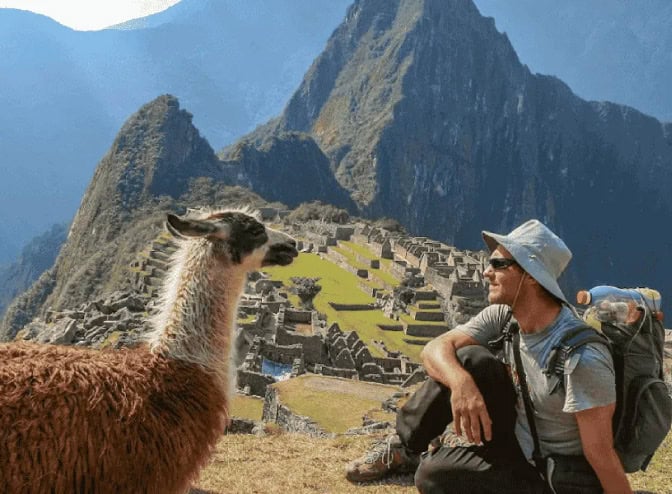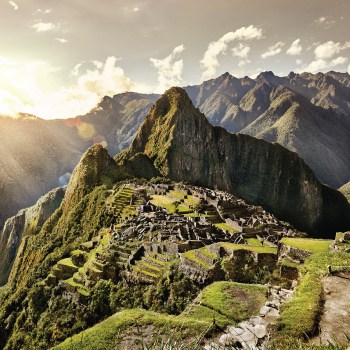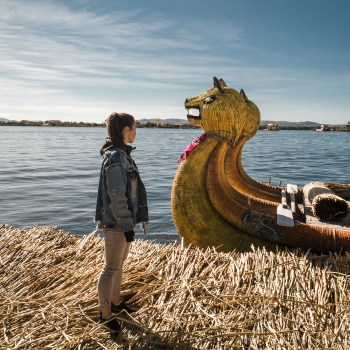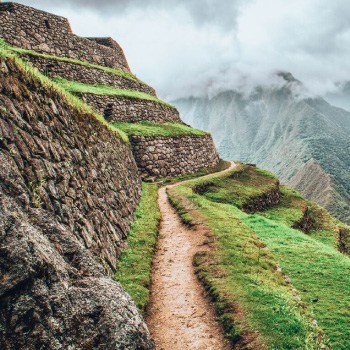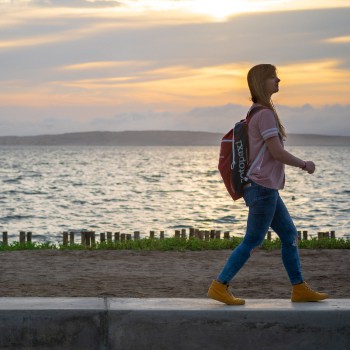 The Amazon Jungle of Peru covers near two-thirds of the country, stretching along the eastern slopes of the Andes. This dense Jungle region is vast and many impenetrable for tourism, but there are several areas which have developed over the last 20 years specifically for tourism and research purposes. How you get to the Amazon Jungle mainly depends on which area you intend to visit.
The Amazon Jungle of Peru covers near two-thirds of the country, stretching along the eastern slopes of the Andes. This dense Jungle region is vast and many impenetrable for tourism, but there are several areas which have developed over the last 20 years specifically for tourism and research purposes. How you get to the Amazon Jungle mainly depends on which area you intend to visit.
How to get to Manú National Park
Manú National Park is accessed principally from Cusco; the nearest major city. Depending on which lodge you use and the time of the year you travel, you can either fly or travel by road. The journey by road is about 165KM’s (100 miles) and takes about 8 hours, with plenty of rest stops en-route. The road passes the famous town of Paucartambo before arriving to the jungle town of Shintuya and onto Manú National Park. For flights to the jungle there are private charters from Cusco to Boca Manú (deep in the Jungle), followed by a 1 to 2 hour boat trip along the Manú River before arriving to your accommodations. Flights only operate part of the year, as weather conditions during the wet season can adversely affect flights. Talk to your tour operator about which route they have selected for your tour to the Amazon Jungle.
How to get to Tambopata National Park
Tambopata National Park is also very close to Cusco, and most visitors to this region choose to take the short 50 minute flight from Cusco to Puerto Maldonado, before heading along River by boat to their chosen accommodations. Puerto Maldonado is the main Jungle town in this region and has a small airport which is suitable to receive large modern aircraft. Often, after arriving in Puerto Maldonado visitors will first travel by road for 30 – 60 minutes before meeting their boat and taking the river the rest of the way. This can change depending on the time of the year, the rain fall and the condition of the road. Talk to your tour operator if you are unsure about which route you will take.
How to get to Pacaya-Samiria National Reserve
From Iquitos the most popular tourist attraction is the Pacaya-Samiria National Reserve located 110 miles (180 km’s) south-west of Iquitos. The quickest route to the reserve is first by road to the small town of Nauta, and then down river by boat to the reserve. A permit is required to enter the reserve, which can either be obtained from INRENA the Peruvian National Parks Authority, or more easily from your tour operator. Another great way to visit the Pacaya-Samiria National Reserve is aboard a cruise. Read our guide to Amazon River Cruises for more information.
Other Regions of Peru
Peru is generally divided into three main topographical regions. With the jungle taking up 60%, the rest is divided by both the coast and the mountain zone including the Andes.
The Mountain Zone
Peru is most famous for being home to Machu Picchu, the Incan citadel set high in the Andes mountains. As one of the new seven world wonders, Machu Picchu has brought oceans of travellers to explore the beautiful mountainous areas in Peru. Everyday, hundreds of tours and treks take place, visiting different routes on the mountains of Sacred Valley to see the fascinating structures and ruins left by the Inca’s after the Spanish Conquest. The beauty and history of this region is becoming increasingly explored and appreciated by new travellers every year. If you plan on exploring more of the mountain zone in Peru and want to see some of the options available to you, take a look on the www/findlocaltrips.com website.
The Coast
Equally as beautiful and far less explored are the diverse cities and towns placed along the coast of Peru. This side of the country is filled with local culture and decorated with stunning beaches and bays. This region is home to destinations such as the Paracas National Reserve, Huacachina – the only desert Oasis in Peru, Colca Canyon – deeper than the grand canyon and Lake Titicaca, the highest lake in the world. These spots are expected to become more explored by travellers in the coming years however for anyone interested in visiting some of these places soon, we suggest following Peru Hop‘s route from Lima to Cusco. This route hits all of the must-visit destinations of Peru’s coast. It also allows travellers time to ascend gradually, reducing the effects of altitude sickness upon arrival in Cusco.
For further information on other destinations in Peru, make sure you read our Peru guide section, which includes information on destinations, hotels, restaurants and much more. Our Peru guide also offers travel tips and our in-sider thoughts to help you get the best out of your trip to Peru.

